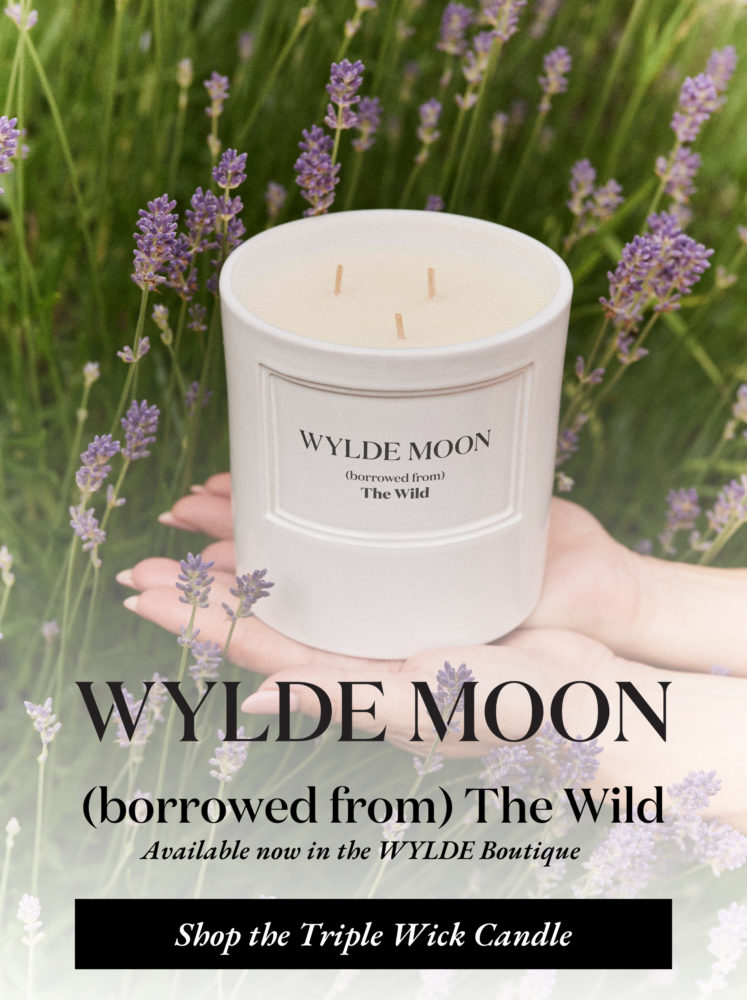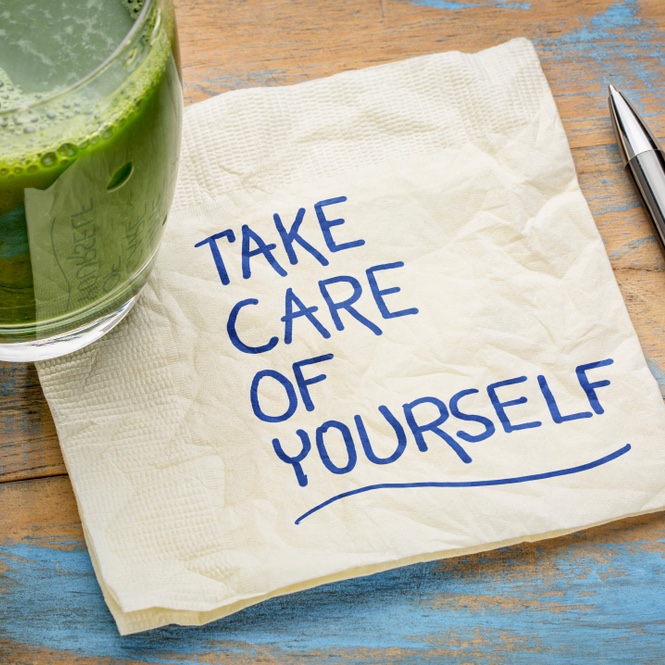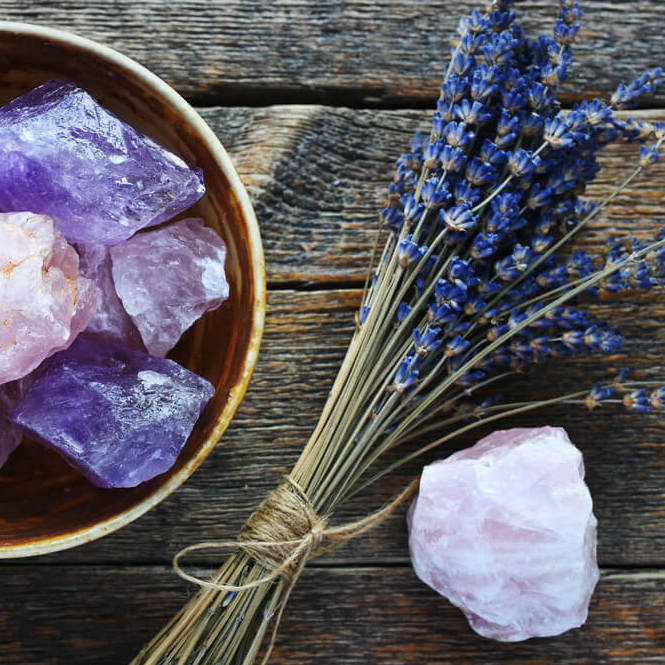5 Minute Read
Words by WYLDE MOON staff writer
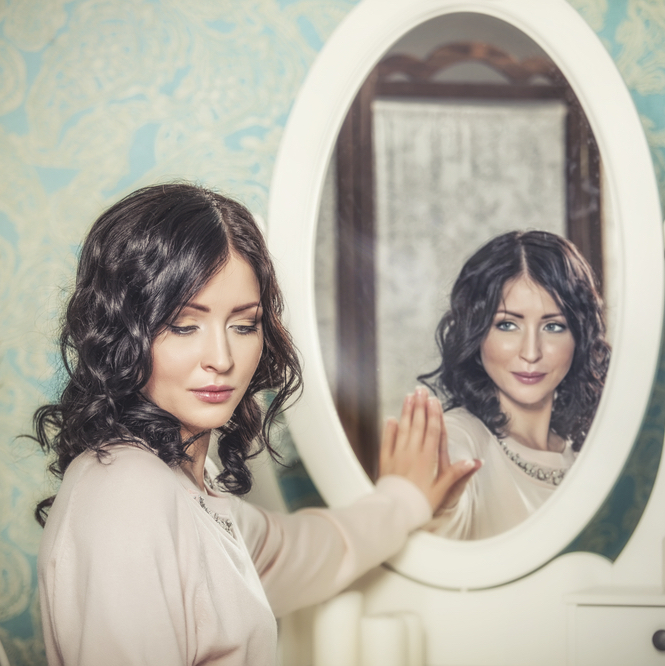
Chinese medicine practitioner, Kate Brindle, gives a simple guide to studying your face and understanding what it’s telling you.
We gaze at ourselves in the mirror countless times every day. Sometimes it is conscious – putting on make-up or brushing our hair. Other times it is without thinking, as we walk past a reflective surface or clean our teeth. But how many times a day do you really look at yourself.
According to Chinese medicine practitioner, Kate Brindle, we can learn a lot about ourselves if we discover how to see ourselves properly.
Face reading, or Mien Shiang, is an ancient Chinese art that has been used for centuries as part of classical Chinese medicine. It is a powerful diagnostic tool and preventative medicine technique that skilled practitioners say reveals information concealed in the subtleties of our facial features. Every line, shape, colouration or mark tells a story of current and past health concerns as well as emotional pain or trauma, according to classical Chinese practices. It can even help to interpret future health predispositions, dominating emotions and character traits.
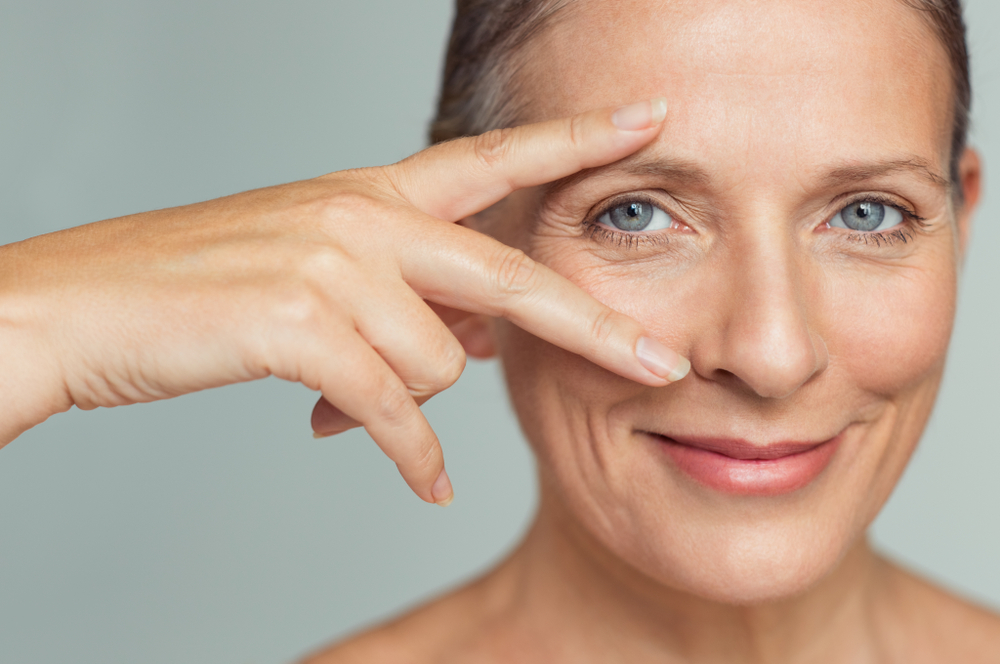
“I read faces daily,” Kate told WYLDE MOON. “It is a key part of my practice and an incredibly useful diagnostic tool. It’s also fun. People enjoy learning about themselves and how their personalities are written on their faces.”
It is also something the amateur can try.
“Detailed face reading is a skilled art but the basics are easy to learn and it is something that can be an intriguing means of self-discovery as much as a useful way to ‘read’ friends and family,” says Kate. “It is not about facial expressions – seeing through someone’s poker face – but rather understanding the truth of what their features can reveal.
“Each part of our face will reveal something interesting and significant, so we consider the side of the face we are looking at, the three dominant zones, and the principal features.”
The Dominant Zones
Forehead – this is intellect.
If this area of the face is dominant then you are likely to be motivated and driven by intellect with a love of learning, analysis, research and considered interpretation. Albert Einstein would be a good example of someone who displays a dominant “intellect” area.
Eyebrows to nose – this is practicality.
If this area of the face is dominant then you are likely to be skilled in crafts that require you to adapt and be guided by the needs, opportunities and challenges of your environment. Professions such as carpenters, mechanics or plumbers are likely to have a dominant practical zone, chefs and artists too.
Mouth and jaw – this is instinct.
If this area of the face is dominant then you are likely to have a natural aptitude to react intuitively, impulsively or spontaneously. You will be guided by your feelings and emotions, often picking up on other people’s energy and moods. Natural healers will usually have a dominant lower face zone. Kate says she falls into this category.
Just because a face may show one dominant area, instinct for example, it does not mean that practicality and intellect are not there – it is about what is most likely to motivate you in life.
The different sides of your face
- Left-hand side – this is who you really are; your private, inner self.
- Right-hand side – this is who you show to other people; the face you show to the world.
Interestingly, this is why we have the expression two-faced because most of us will have a hidden and a public face. However, if someone has a very symmetrical, balanced face then it suggests that their inner self and their public self are the same – what you see is what you get!
Principal Features
Eye area
Very often you will find that you have more, or perhaps deeper, crow’s feet on the left-hand side of the face. These lines will either point upwards, indicating joy, happiness and laughter in life, or they will point downwards suggesting rather more sadness, disappointment or loss than we allow ourselves to reveal. This is because all too often we have been brought up or conditioned to keep a stiff upper lip, to pull ourselves together and not express our negative emotions. But just because we try and conceal these feelings it doesn’t mean that we don’t feel them deep inside – it is something that we cannot hide from a skilled Mien Shiang practitioner.
Fleshy areas
Our left-hand side of the face is often more lifted and alert than the right-hand side, indicating that our real self is more open, accessible and expansive than our guarded, restrained and possibly cynical outer self. Our eyebrows and mouth will often point downwards, showing our emotional pain and suggesting that we are putting on a brave face. Unfortunately, life can knock our idealism off balance and it shows right there on our face!
Lips and mouth
A nice, large, mouth indicates an appetite: for affection and information as well as food. Full lips show generosity – when we smile our mouth expands, revealing that we are more generous when we are happy. This is one of the reasons we smile: because we are giving energy to the people around us. If our lip-line is naturally slightly upturned at the corners we are generally optimistic and positive, whereas a downturn indicates disappointment.
Chin
A dimpled chin can indicate that we are creative, even particularly lucky.
“Mien Shiang is very interesting because it is these subtle signs that can reveal things that we might not realise on a conscious level,” explains Kate.
“For example, if the left eye is more open than the right it indicates that the real person will be more wide-eyed, more open to emotional input than they show to the outer world. It suggests that the challenges of life have taught them to scrutinise more carefully than they would naturally be inclined to do, because they are aware that they might get hurt. Very often people’s true nature is much kinder and more open but they have learnt to toughen up.
“That is why we will very often say, ‘ooh, make sure you take my good side’ when we are having our photograph taken and this is because we know that we have one side that looks better than the other. In a photo we want to show who we actually are, rather than who we have become through the challenges of life.”
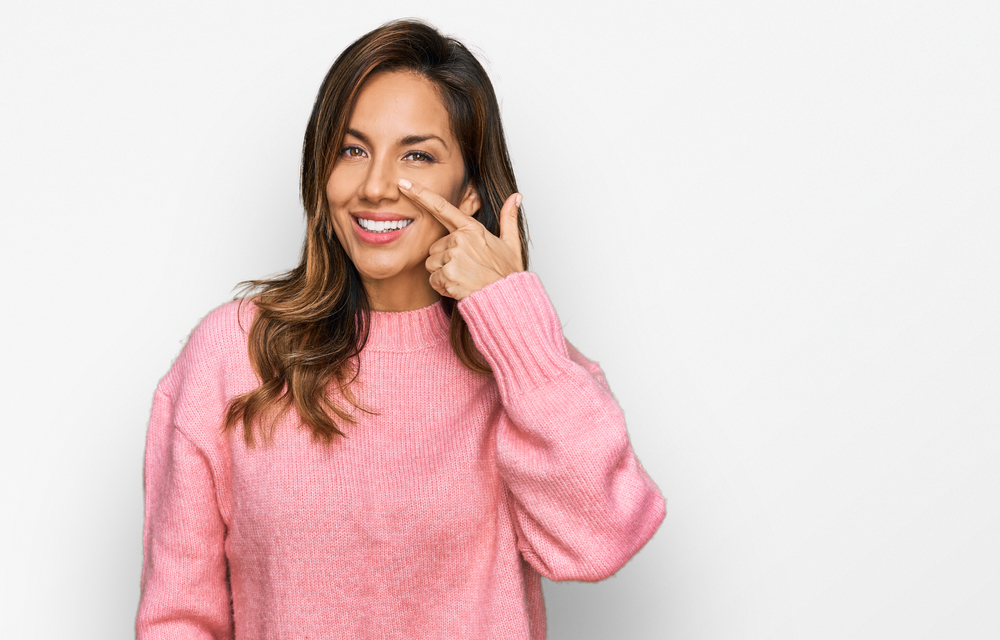
Our faces obviously change as we get older and Mien Shiang is very much about embracing ageing.
“The great late Lillian Bridges, doyenne of Chinese Face Reading, said, ‘Your face up until you reach the age of 25 is the one that your mother gave you. Your face between the ages of 25 and 50 is of your own choosing. And your face after the age of 50 is the face you deserve’,” explains Kate.
“What is so helpful about Mien Shiang and the ageing process is that our faces can age beautifully. They can actually become more beautiful the older we get. And this is something that we really do need to appreciate.”
Share this article…


